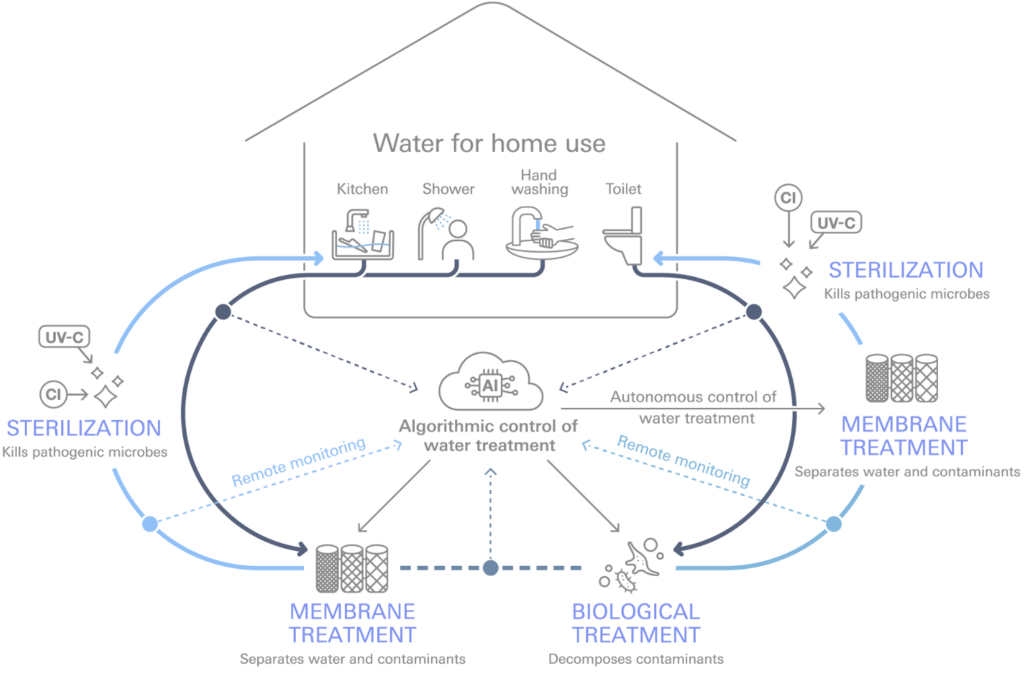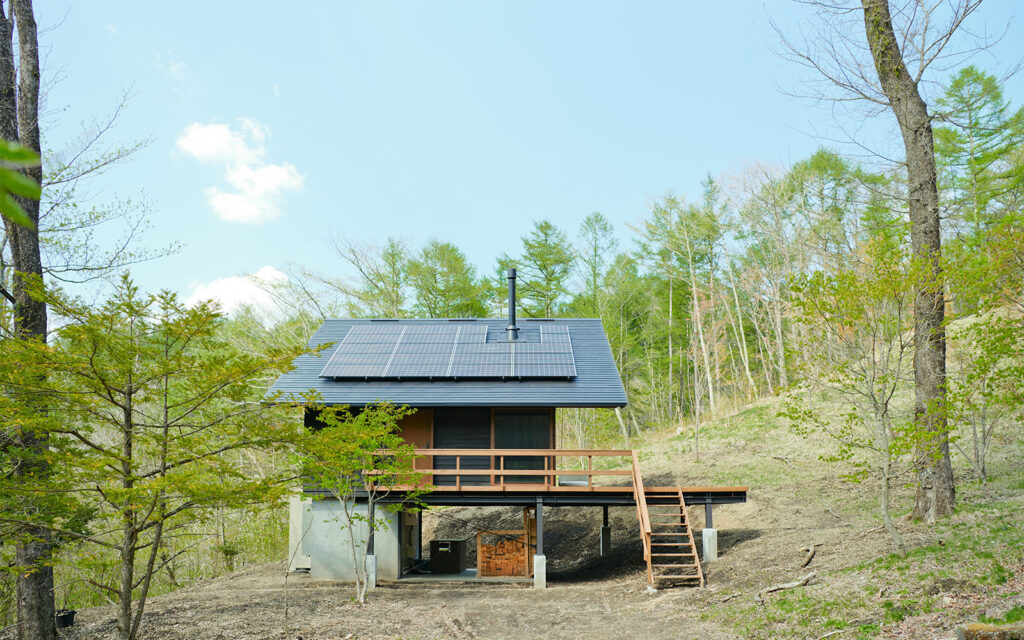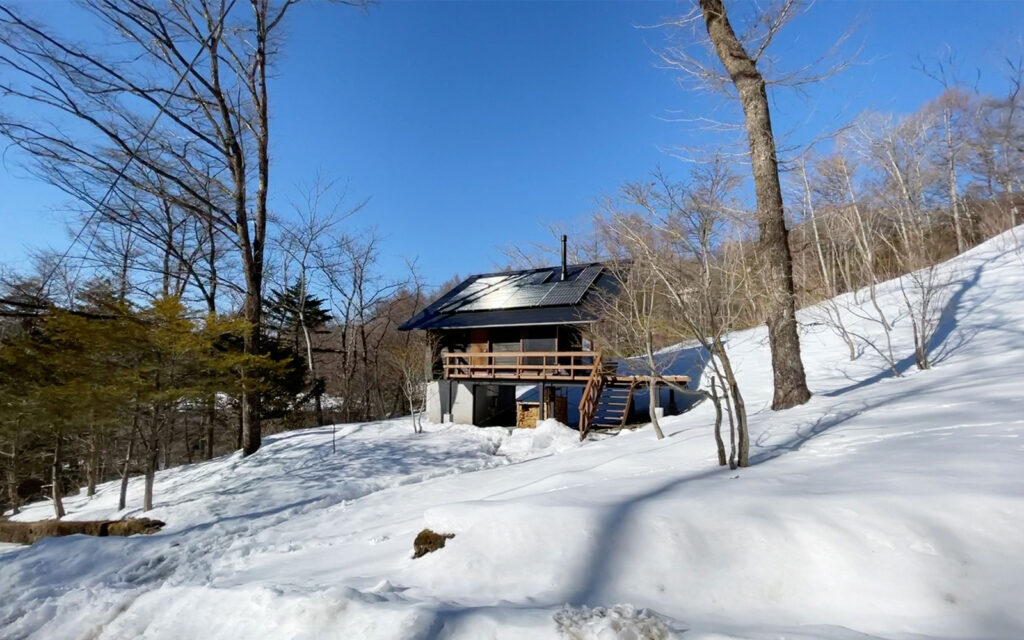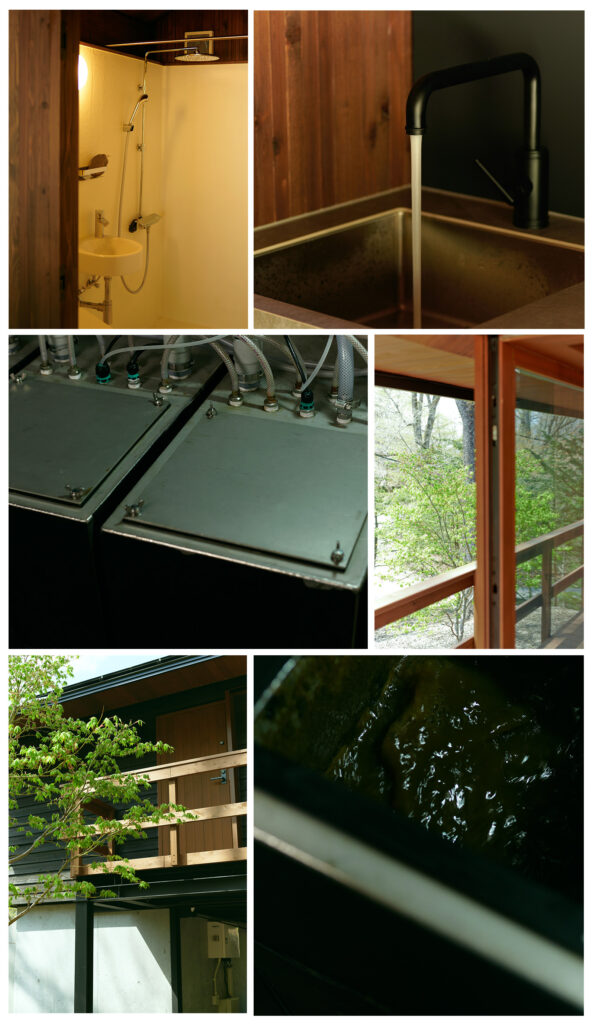Development of a Small-Scale, Decentralized Water Reuse System for Reusing Household Wastewater—Successful Demonstration of Subarctic Use with Biological Treatment
WOTA Corporation (CEO: Yosuke Maeda, from now on referred to as “WOTA”) is pleased to announce that we have developed a new small-scale decentralized water circulation system for reusing household wastewater (from now on referred to as “the system”) by adding biological treatment using our technology. We have successfully conducted a demonstration in the subarctic zone (from now on referred to as “the demonstration”). We will now move on to the product development phase, aiming to solve the water crisis in Japan and overseas.
■Overview
(1) Characteristics of the System
| ・In addition to the membrane and disinfection treatments used in existing WOTA products, we have added biological treatment that allows microorganisms to decompose organic matter. We have implemented autonomous control using our water treatment autonomous control system. ・The system is capable of recycling not only gray water but also all domestic wastewater while maintaining water safety at the WHO-standard bacteria and virus removal rate. At the same time, running costs are reduced. (*) *Evaluation under our experimental environment |
WOTA has been engaged in research and development to establish a “small-scale decentralized water reuse system” that enables wastewater to be recycled and circulated at the individual building level without relying on large-scale infrastructure such as the sewage system. In recent years, we have sold “WOTA BOX” and “WOSH” as products mainly for membrane treatment and disinfection treatment. Through the maintenance of these products, we have accumulated operational data on the “small-scale decentralized water reuse system” and have been working to reduce costs and verify their operation.
In parallel with the above, we have been developing a system that can collect and recycle all wastewater through biological treatment, membrane treatment, and disinfection. We have been conducting field experiments in various parts of the country.
Regarding the application expansion, this system enables the reclamation of wastewater containing high organic matter, such as human waste, by allowing microorganisms to decompose the organic matter in impurities in the water. At the same time, the system puts less weight on the membranes in membrane treatment.

(2) Overview of the Demonstration

| ・The system was installed in a newly built private residence in Karuizawa, Nagano prefecture. We verified the basic operation and performance of the system by applying the water treatment load associated with actual water use (equivalent to the daily use of water by a family of four in an ordinary Japanese residence). ・We also verified the impact on biological treatment efficiency and running costs for maintaining efficiency during winter use in the subarctic zone*, where the newly introduced system is not very efficient. *Karuizawa Town belongs to the humid subarctic climate (Dfb) in the Köppen climate classification. |
Generally, lower water temperatures in biological treatment are not the best condition for maintaining microbial activity, concentration, and treatment efficiency. Field experiments until now have been limited to temperate zones and have not been conducted in cold regions. Therefore, this demonstration aimed to verify this system’s effectiveness in treating domestic wastewater of various qualities and quantities in general Japanese housing in the subarctic zone. We chose Karuizawa, Nagano prefecture, where the minimum temperature in winter is about negative 10 degrees Celsius.


■ Capability of the System
The success of this demonstration showed that this system has the potential to contribute to the reclamation of typical domestic wastewater not only in temperate zones but also in subarctic zones. Approximately 69.5% of the Earth’s population lives in temperate and subarctic zones, meaning that this system has the potential to be used in a wide range of areas both domestically and internationally.
In addition, the current system has achieved safety and usability in actual water use, and its cost is already lower than existing solutions in some regions. We will promote the project and commercialization of this system so that it can be used in various regions in the future, including regions of the world with pronounced water shortages, as well as depopulated areas and island regions in Japan.
Please click here for more information on our small-scale decentralized water reuse projects.